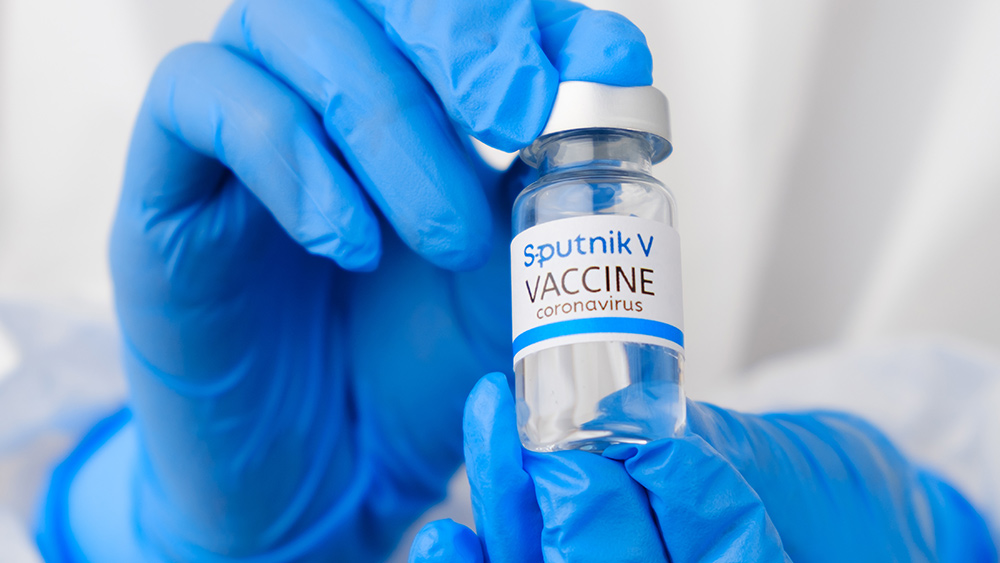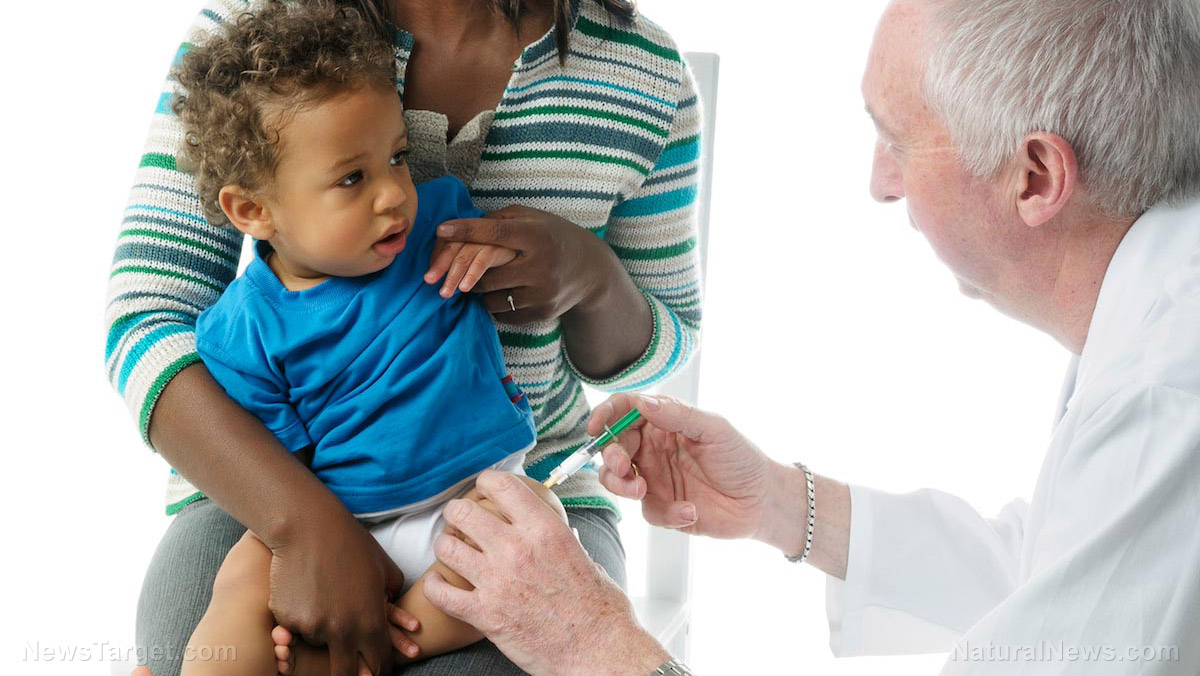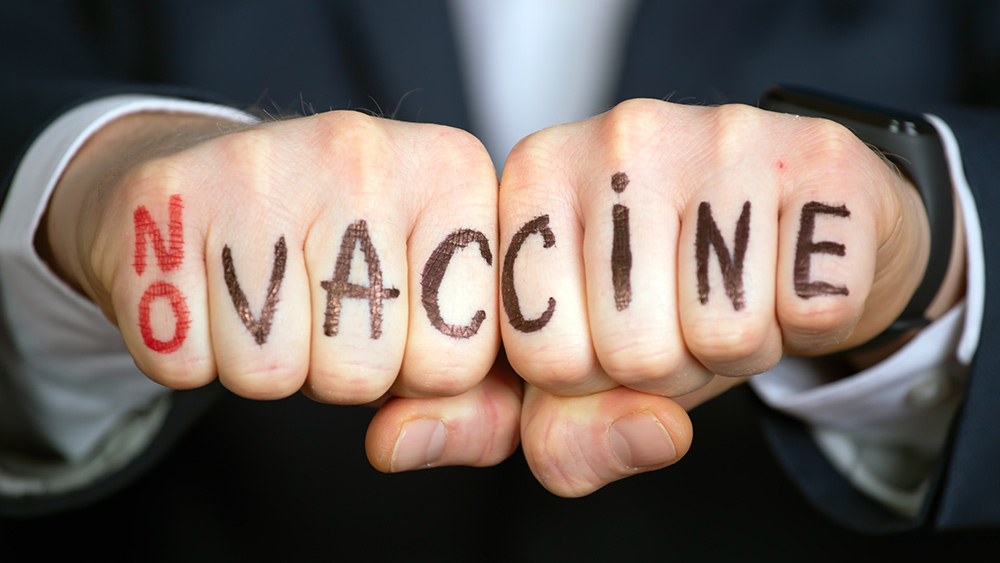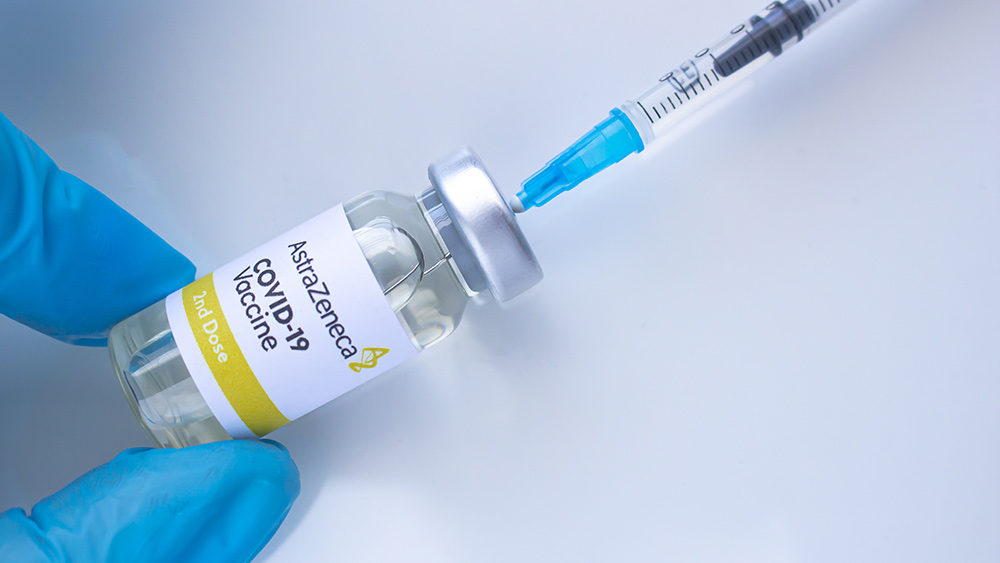
In a preprint article posted May 26 on Research Square, the team reported that the problem lies with the adenovirus vectors used by the two vaccines to deliver genetic instructions inside cells. The researchers said that due to the mechanisms involved in this type of technology, mutant versions of the spike protein are generated in the nucleus and are then secreted outside of cells. They believe that it is these mutant proteins that trigger the blood clots in healthy people who received the AstraZeneca or J&J vaccines.
Adenovirus-based vaccines and their adverse effects
The formation of blood clots in the brain's venous sinuses -- also known as cerebral venous sinus thrombosis (CVST) -- was first associated with the AstraZeneca vaccine. In Europe, around 150 cases of this thromboembolic event were reported after different countries successfully administered about 17 million doses of the said vaccine.
Under normal circumstances, CVST is considered a rare form of stroke, affecting only five people in one million each year. Studies show that since the middle of the 20th century, the mortality rate of CVST has gone down from 50 percent to a mere 8.3 percent due to advances in modern medicine. But since mass vaccinations have begun, CVST has caused the death of one-third of all affected vaccinated individuals in Germany alone.
Due to the alarming rise in the incidence of CVST, many European countries abruptly halted the administration of AstraZeneca's vaccine back in March. Meanwhile, in the U.S., reports of a similar adverse effect emerged following the J&J vaccine rollout. A total of six cases of CVST were confirmed by the Centers for Disease Control and Prevention and the Food and Drug Administration on April 13, which led to a pause on the use of the J&J vaccine 10 days later. (Related: Denmark PERMANENTLY BANS Johnson & Johnson coronavirus vaccine over blood clot deaths.)
According to the German researchers, the AstraZeneca and J&J vaccines share striking similarities. Both cause CVST and some cases of splanchnic vein thrombosis (SVT) -- a type of blood clot that involves one or more abdominal veins -- and both affect mostly young women: between 20 to 60 years for the AstraZeneca vaccine and between 18 to 48 for the J&J vaccine. But most importantly, both vaccines were developed using adenovirus vector technology.
Adenovirus vector technology makes use of a virus that has been stripped of the genes it needs to replicate in order to deliver a harmless piece of another viral pathogen -- in this case, the Wuhan coronavirus (COVID-19) -- inside cells. The goal of this technology is to induce cells to reproduce the viral protein and trigger the immune system to produce antibodies specific to it. The benefit of doing this is that the body will then be prepared to mount a robust response to the COVID-19 virus once a real infection occurs.
The adenovirus vectors used in both the AstraZeneca and J&J vaccines were engineered to deliver genetic instructions on how to produce the spike protein. This protein is found on the surface of the COVID-19 virus and is recognized by ACE2 receptors, which are naturally present on the surfaces of different types of human cells. The COVID-19 virus is able to infect healthy cells via this protein-receptor interaction.
How AstraZeneca, J&J vaccines trigger blood clots
In their report, the German researchers pinpointed the delivery mechanism of adenovirus vectors as the primary source of error that leads to blood clotting events. According to studies on the COVID-19 virus, replication of the virus's genes always happens in the cytosol -- the fluid inside cells -- of infected cells. However, adenovirus vectors transport viral genes inside the nuclei of cells, where these genetic sequences are spliced, or cut, by enzymes, resulting in mutant forms of the spike protein. These shorter variants are unable to bind to the cell membrane, so instead of being displayed on the surfaces of cells, they are secreted outside, where they trigger a strong inflammatory response on endothelial cells.
The researchers also noted that some of the mutant spike proteins floating in the extracellular space are still capable of binding to ACE2 receptors. Hence, there can be instances when endothelial cells will not only bind spike protein variants, but would also be "decorated with newly formed antibodies." This event is sure to trigger severe inflammation, such as by complement-dependent cytotoxicity (CDC). During CDC, red blood cells are recruited by antibody-covered target cells as part of the complement cascade, which eventually leads to cellular disruption or cell lysis. These immune-related responses could be what triggers the thromboembolic events associated with the AstraZeneca and J&J vaccines.
In contrast to adenovirus-based vaccines, mRNA-based vaccines like those produced by Pfizer and Moderna rely on lipid nanoparticles to deliver viral genes to muscle cells. These vectors release their cargo into the cytosol as soon as they are taken up by cells. Because of this, translation of the viral mRNA into the spike protein occurs without any modifications to the final product. This, according to the researchers, is why the Pfizer and Moderna vaccines are not associated with CVST.
To circumvent the threat of blood clots caused by AstraZeneca and J&J vaccines, the researchers recommend modifying the gene sequence that codes for the spike protein in such a way that it will not be susceptible to splicing. They believe this is the only way the developers can ensure the safety of those who receive either of the two vaccines.
"Based on our findings, we strongly suggest that the Spike open reading frames – wildtype or codon-optimized - in vector-based vaccines [have] to be re-optimized to avoid unintended splice reactions and to increase the safety of these pharmaceutical products," the researchers wrote in their report.
For more news on coronavirus vaccines and their adverse effects, visit VaccineInjuryNews.com.
Sources include:
Please contact us for more information.























